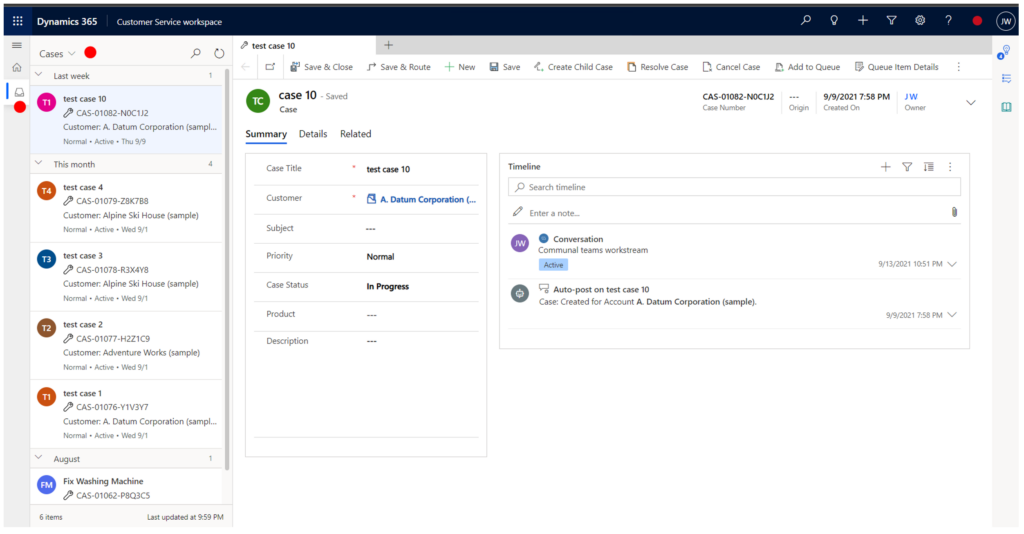Microsoft Edge is the built-in browser on Windows 11 and Windows 10.
It’s powered by Chromium, which ensures its compatibility with the vast majority of the web.
Starting with Edge 102, the browser will automatically compress disk caches to optimize performance.
Using too much disk space can worsen the browsing experience as well as bog down an entire system.
“When a browser uses too many resources, it not only impacts the browsing experience but can also slow down the entire system,” explained Microsoft’s Edge team in a blog post. “However, when it comes to performance optimizations, we often need to balance optimizing for the entire system, since optimizing for one resource can often come at a cost increasing the use of another resource.”
Browsers store content from the web by using disk caches. This allows Edge and other apps to access information quickly. While browsers, including Edge, already moderate how much disk space they take up, compressing content allows for further optimization.
Contents within caches are usually highly compressible. “Since the contents in these cache(s) are often highly compressible, compression results in increasing the likelihood that the requested resource can be fetched from the disk.”
Edge will automatically compress disk caches on eligible systems. The browser has to check whether a system is eligible to ensure that compression will not result in poor performance.
Cache compression is particularly advantageous for systems with a “clear” amount of available storage space, which is otherwise quickly used up with unlimited cache.
Most recently, the browser’s CPU and memory requirements have been slashed, which would have a less damaging effect on battery life. Bleeping Computer(opens in new tab) reports that sleeping tabs should use 32% less memory on average, with CPU usage dropping by 37%.
An upcoming update could give users a whole new way to interact with Edge by using custom commands. Microsoft Edge Canary 105 will see a feature that enables the command bar to run commands from a launcher integrated into the browser. Unlike rivals such as Chrome and Firefox, the new command bar is not located in the browser address bar, but as a standalone option, which we can hope will provide much smoother functionality.
he new command bar is opened by pressing Ctrl+Shift+Space, and sits just below the Microsoft Edge address bar.
Although given the official name DevTools Command Palette, ghacks.net found that a wide range of commands could be used in the bar, including creating a new window or tab, opening office web apps, and even opening other apps such as Stack Overflow.
Users already signed up to Microsoft Edge Canary are able to try out the new feature now by updating to the latest build. The tool is still in development, so there’s no news yet on a potential release date, but if it gets enough engagement in the testing phase, there’s no reason why it shouldn’t become a part of Microsoft Edge in the future.
Microsoft has been made aware that some users are experiencing issues with favorites synchronization and plans to fix this in an upcoming release.
